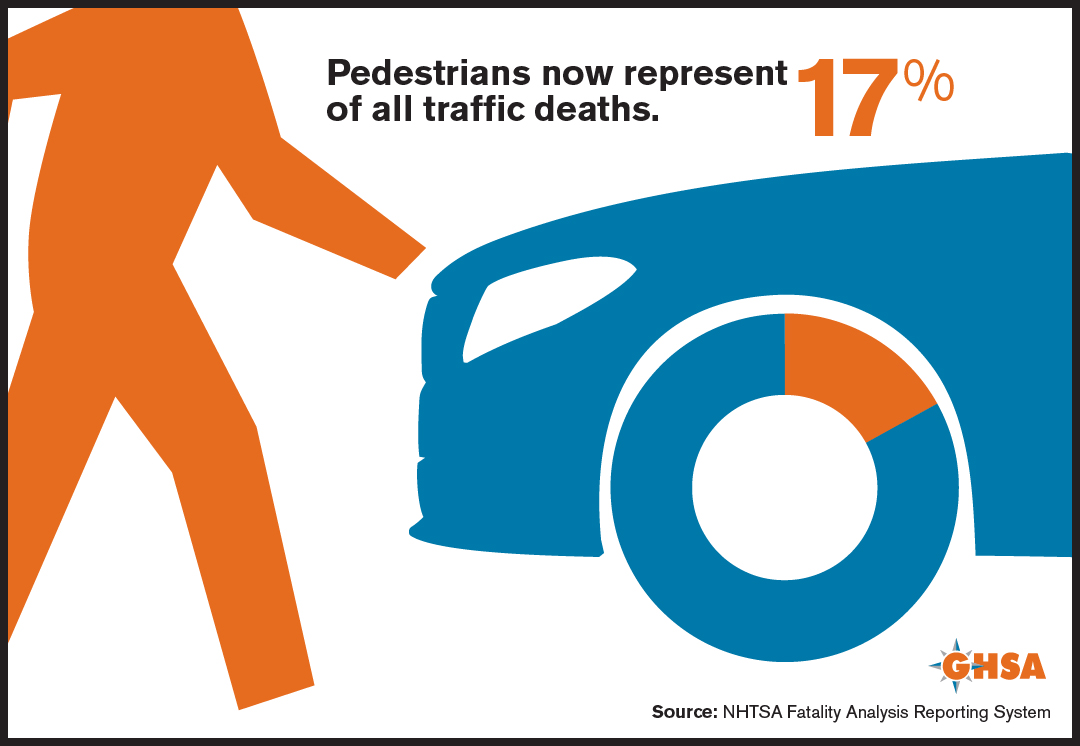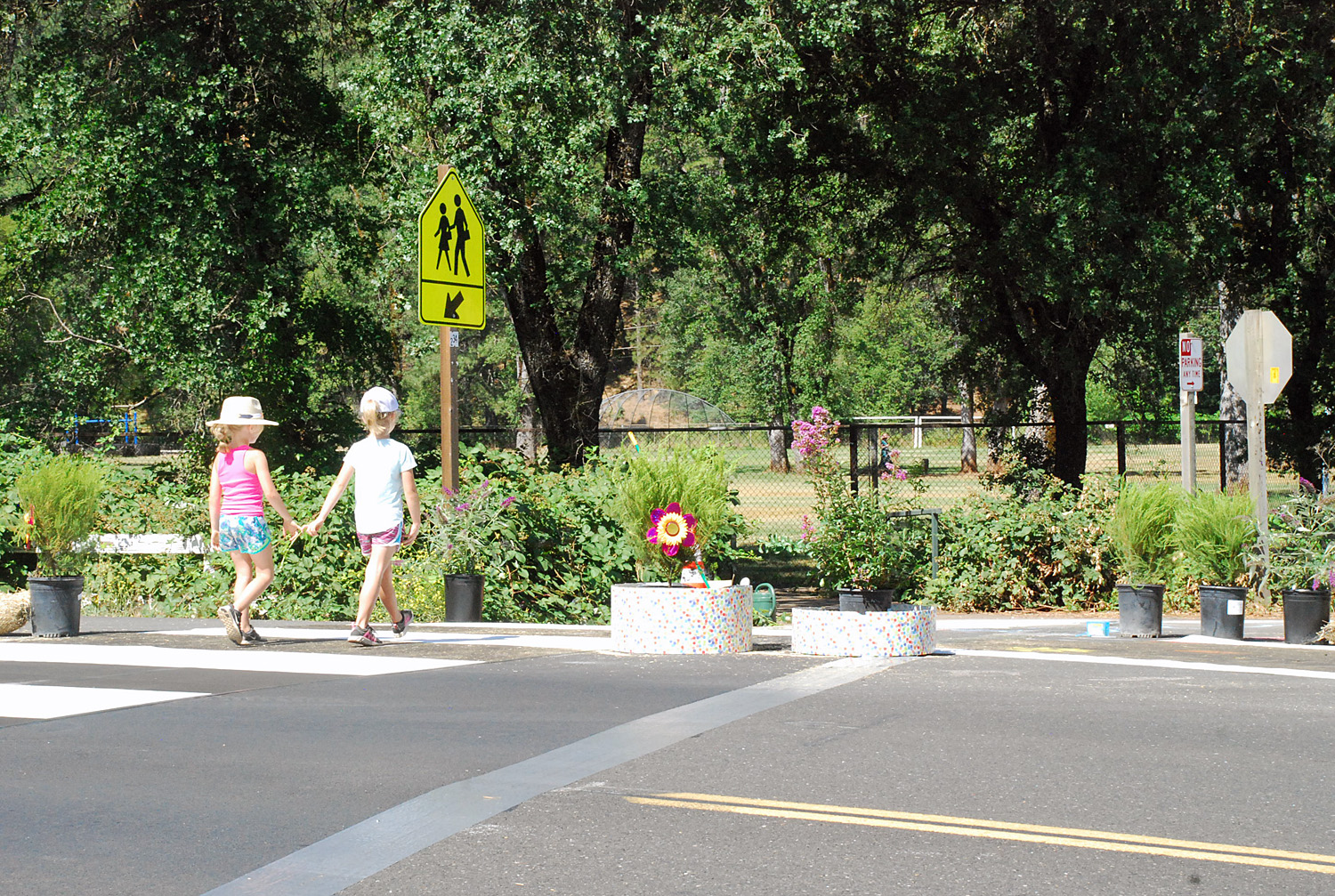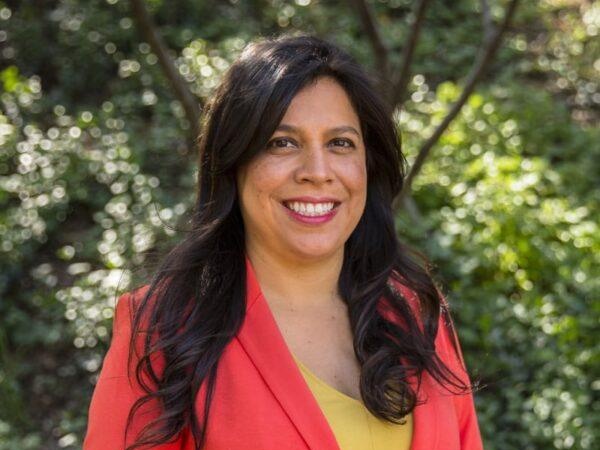July 30, 2021
Topic
After an initial decline in traffic early on in the pandemic shutdown, we may be just months away from experiencing the most intense congestion ever seen on local roads, transportation analysts say.
Across the globe, from China to Europe to the US, car traffic is trending upwards, and in some cases, above where it was before the pandemic. Greenhouse gas emissions are increasing, the brief improvement in air quality and drop in emissions last spring has dissipated and there has been an increase in vehicle purchases in some wealthy countries. In 2020, even though driving was generally down, traffic-related deaths rose by 8% in the United States while traffic-related deaths remain high throughout the world. 1.35 million people die every year from car crashes, many of these because the roads they are traveling on are designed to move cars as quickly as possible without accommodating other road users like pedestrians or cyclists. This problem will only worsen if changes aren’t made to revive transit and build and restructure roads for pedestrians and cycling.
Many streets became open streets and gave people of all ages and abilities the opportunity to walk, cycle, and enjoy public green spaces. But as travel, work, and life begin to return to normal, cities without a strategy to de-prioritize the use of private vehicles run the risk of defaulting to past car-centered mistakes.

“Traffic is already (nearly) at pre-pandemic levels, and many people are still working remotely,” said UC Davis transportation expert Giovanni Circella in an interview with the Sacramento Bee. He has been analyzing travel patterns for planners in Los Angeles and Sacramento, “It is totally possible we are going to have more volume of cars on the road.”
Researchers anticipate the peak will occur in October— when everyone who is going back to the office will likely be doing so by then and schools and universities will reopen for on-campus instruction.
The afternoon peak travel hour currently is almost as congested as it was before COVID-19, according to Circella, in part because regular commuters are now mixing with some of those remote workers who, by late afternoon, want to get out of the house to take care of personal business or to socialize.
“More people will be going back to the office in July, more in August, and more in September,” Circella said. “By October, we will reach high office occupancy again.”

Adding to local commuting challenges will be the recent influx of urban pandemic refugees, people taking advantage of virtual work to move out of cities such as San Francisco, San Jose, and Los Angeles to find less expensive houses and apartments.
All of this is creating a moment of uncertainty: How many more commuters will crowd onto freeways each day? Will some people be willing to go back to riding the bus and light rail? Who will work from home, and how many of those people will hit local streets for mid-day shopping or chores?
One of the looming questions: How many of the urban “pandemic refugees” will continue to telework from home and stay off local roads? How many will be required to commute back, creating a new generation of “super commuters” on freeways not necessarily equipped for the additional traffic?
Without intervention we risk returning to (and potentially exceeding) pre-pandemic air pollution and traffic congestion. Every level of government should be acting now to invest in transit, clean mobility, and active transportation.
As the pandemic has made all too clear, our transportation networks and our community’s health are inextricably intertwined. Policies and investments are needed at all levels to ensure that clean mobility services are maintained and enhanced to support economic opportunities, affordable and equitable mobility options, and California’s goals for improving air quality and reducing greenhouse-gas emissions.
State budget surplus and federal infrastructure dollars should prioritize maintaining clean-air improvements through investments in transit, bicycle and pedestrian infrastructure. We should enhance accessibility and effectiveness of car-light lifestyles through investments in transit, bicycle and pedestrian infrastructure and zero emission vehicles and complete existing backlogs of shovel-ready ADA compliant and complete-streets projects that could create a significant number of new jobs and could be completed with shorter timelines given the reduced traffic in many regions during the pandemic shutdown.

The open streets initiatives that many cities have implemented during the pandemic— temporarily closing streets to cars for use by people for walking, jogging, rolling, biking, skating—provide good models for continuing actions to foster economic recovery safe, healthy, and walkable neighborhoods and reduced car dependency to meet every day needs.
Reimagined public spaces, like open streets and slow streets, should be extended – and some made permanent –walkable streets are both more economically productive (more tax revenue per square foot) and healthier (more physical activity). These actions can help to reduce dependence on driving and associated vehicle miles traveled and greenhouse gas emissions – reduced vehicle use will also result in fewer traffic injuries and fatalities. By reimagining our streets and public spaces to make it through the pandemic and beyond, we can also test and experience new ways to increase community livability, vibrancy and resilience, and reap benefits that can extend long after the current crisis.
Curbing post-pandemic traffic will also require consideration of land use patterns— continuing suburban sprawl growth far from job centers will create more congestion and longer commutes even with hybrid teleworking.
“You can save billions of dollars in transportation costs from road construction and put that money into building (better communities) and reduce the pressure to build in agricultural areas and in wildfire zones,” said Mike McKeever, a national transportation consultant and former head of the Sacramento Area Council of Governments.
By directing housing investments to infill locations near transit, California can use state and federal funds to advance long-standing priorities around climate, environmental protection, and social equity.
We don’t have to go back to a “normal” that tolerates air pollution, congestion and 1.35 million deaths a year in the nation due to car crashes— the decisions we make can create a safer, healthier, more resilient future for our communities.
Resources:
- PANDEMIC RECOVERY AND BEYOND Reimagining Our Streets: https://www.legacy.civicwell.org/wp-content/uploads/2021/06/1-slow-streets-factsheet-6-7-1.pdf
- PANDEMIC RECOVERY AND BEYOND Resilient Transit, Shared Mobility: https://www.legacy.civicwell.org/wp-content/uploads/2021/07/transit-and-shared-mobility.pdf
Policy Corner
THE END (OF THE LEGISLATIVE SESSION) IS IN SIGHT
After a month-long recess, the Legislature will return on August 16 to begin a four-week run to adjournment on September 10. During the remaining month of this year’s legislative session, the Assembly and Senate will take final action on bills that have survived and (presumably) wrap up budget issues that were not concluded before the break. Initially, the two Appropriations Committees will review hundreds of bills to decide which ones move to the floors of their respective houses while the policy committees finish their work on bills that do not have a fiscal element. As the Legislature accelerates toward the finish line, the pressure builds, the sessions become longer and the tempers shorter.
In the final days of the session when both houses are meeting simultaneously, members shuttle from one house to the other, voting on bills in their own house and lobbying members in the other house to support bills they have authored. For bills that make it to the floor of the second house, the process does not end, in most cases, however, with a vote in that house. If the bill has been amended in the second house, which is usually the case, then the bill not only needs a favorable vote on the floor of the second house but it must go back to the first house for a floor vote to concur in the amendments made in the second house. Along the way, a host of potholes, dead ends, and gutters can swallow up a piece of legislation. Only those bills that successfully survive that gauntlet then go to the Governor for his consideration whether to sign or veto the bill.

REIMAGINING OUR STREETS, NEXT STEPS?
Among the hundreds of bills pending are five that could change life on our streets:
AB 1401 by Assemblymember Laura Friedman would prohibit, in general, local jurisdictions from imposing parking minimums for residential or commercial projects near major transit stops. The bill would take a meaningful first step toward reducing excessive parking while promoting greater transit use and environmental benefits. It is currently pending in the Senate Appropriations Committee.
AB 122 by Assemblymember Tasha Boerner Horvath would permit cyclists to yield at intersections with stop signs rather than come to a full stop in each case. A cyclist would need to stop if another vehicle had the right of way in the intersection but, if not, the cyclist would be able to continue riding without stopping fully. Since some have expressed concerns about the safety of such an approach, the bill includes a sunset of January 1, 2028 and requires a report to the Legislature from the California Highway Patrol. It is currently pending on the Senate floor.
AB 117 by Assemblymember Tasha Boerner Horvath would add incentives to the Air Quality Improvement Program (AQIP), administered by the Air Resources Board (ARB) for the purchase of electric bicycles. E-bikes are seen as one more tool of active transportation to reduce air pollution but can cost $1,000 or more. The bill could reduce the net cost of an e-bike, thereby putting them within the financial reach of many more people. It is currently pending in the Senate Appropriations Committee.
AB 965 by Assemblymember Marc Levine would require the Department of Housing and Community Development (HCD) and the Building Standards Commission (BSC) to propose building standards no later than 2024 for electric vehicle charging infrastructure in existing multifamily and non-residential development. The bill is an effort to stimulate the expansion of EV charging infrastructure to be available to more people, especially those who are renters. It is currently pending in the Senate Appropriations Committee.
AB 43 by Assemblymember Laura Friedman would give local governments and CalTrans greater flexibility in setting speed limits to take into account factors such as pedestrians, cyclists, and surrounding activities. The bill seeks to alter the existing balance in setting speed limits – that prioritize motor vehicles, thereby slowing traffic down and increasing safety. It is pending in the Senate Appropriations Committee.
Board Highlight

LGC WELCOMES COUNCILMEMBER CINDY MONTANEZ
LGC is pleased to share that we have added a new Board of Director, Councilmember Cindy Montanez of San Fernando. Ms. Montanez, formerly served as the Mayor of San Fernando and as an Assemblywoman for the 39th State Assembly district serving from 2002 until 2006.
Councilmember Montanez is also currently the CEO of TreePeople a nonprofit organization that inspires, engages and supports people to take personal responsibility for the urban environment, making it safe, healthy, fun and sustainable and to share our process as a model for the world.
“From her time in Assembly to her day job running TreePeople, Councilmember Montanez has a proven track record of sustainability leadership,” said Kate Meis Wright, Executive Director of LGC.





